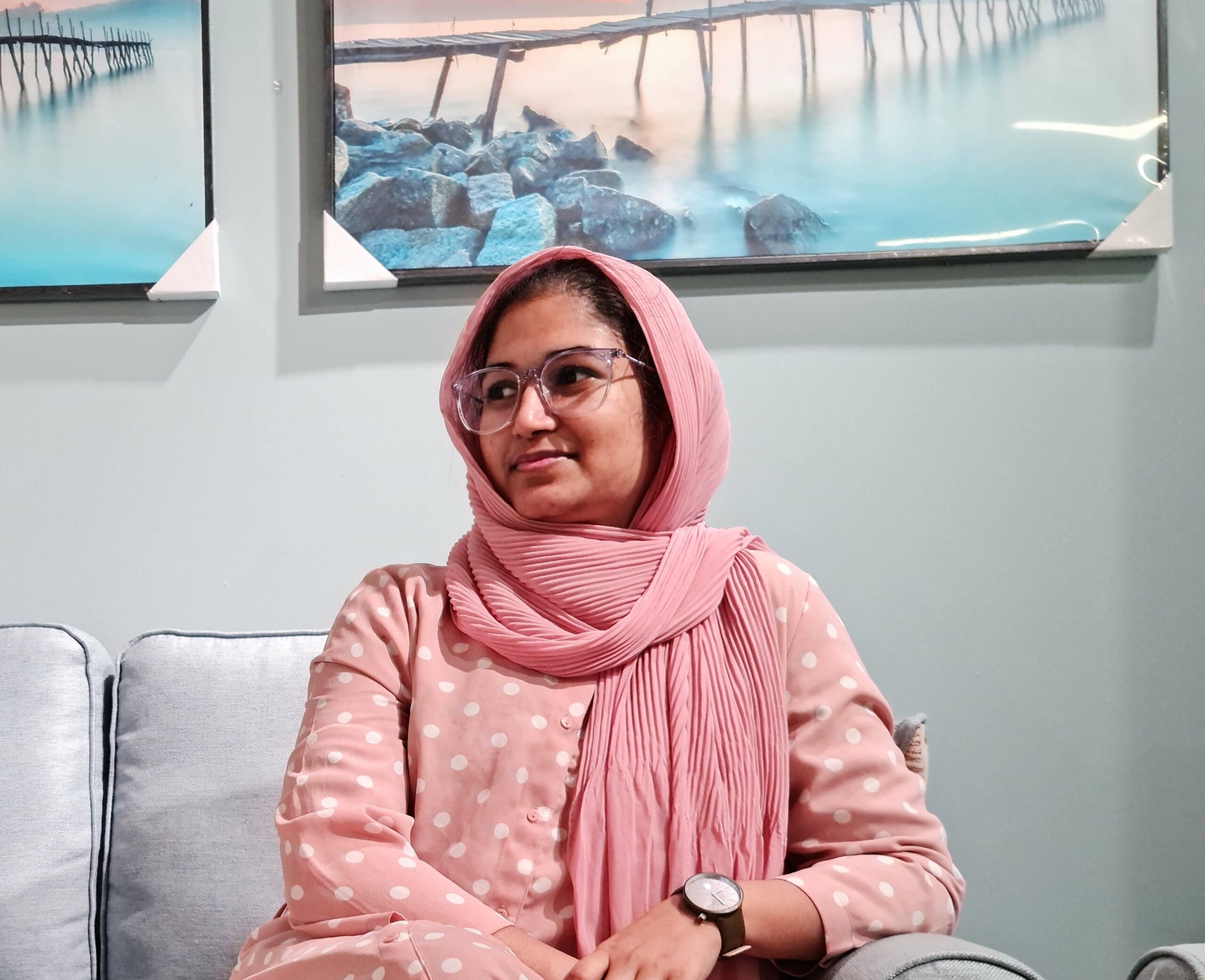Table of Contents
Many travelers from Greece, West Asia, China, and Arabia arrived in India in ancient times. They left numerous accounts of the incidents they had followed. They had no commitments to any of the kings in any region, so their accounts are unbiased providing entire information on the subjects they examined.
Get the latest bank exam notes PDF here
Types of Foreign Accounts Notes for Bank Exams 2022
The foreign accounts provided by travelers are unbiased. They had noted what they had seen and observed. The foreign accounts increase the domestic literature. We come to know about the accomplishments of Alexander from Greek references. Alexander’s invasion is not cited in the Indian sources. Megasthenes, Seleucus’ ambassador to the court of Chandragupta Maurya provided a precise account of interior India. It has been kept in pieces quoted by classical writers like Arrian, Strabo, and Justin. When these pieces are read together deliver practical data not only about the administration but also about social classes and economic activities in the Mauryan period.
Herodotus
Herodotus is regarded as the Father of History. He directed Indian soldiers battling from the Persians’ side, during the war between Persian and Greece.
Megasthenes
Megasthenes was the representative of Seleucus Nicator in the court of Chandragupta Maurya in Ancient India. In his book ‘Indica‘, he has described the layout of the Pataliputra during the Mauryan Empire. He also noted social structure, caste-system, caste-relations, etc. The original Indica is lost but its report can be found in the accounts of travelers who came into India later Megasthenes.
Ptolemy
He was a Roman geographer. He provides details on a geographical treatise on India.
Pliny
In his book ‘Natural Historia’, he explained the trade relation between Rome and India.
Periplus of the Erythraean Sea
It gives us impartial and factual knowledge on the Indo-Roman trade during the Early Historic period. It informs us about the posts on India’s coastline, trade centers in India, the trade-routes-connecting trade centers and harbors, the distance between centers, the list of items of trade, the annual volume of trade, the rates, etc.
Chinese
Chinese accounts are a useful source of knowledge about the Gupta period and the years straight following the end of the Gupta rule.
Fa-Hien
In the 5th century, during the Gupta period, Fa-Hien visited India. He was a Buddhist monk. He visited India to pursue wisdom and to visit Buddhist pilgrimages. During these three years, he has written ‘Records of Buddhist Countries’ in which he explained the community and culture of North India during the Gupta governance.
Hiuen-Tsang
Hiuen-Tsang was also a Buddhist monk. He stayed in India during the control of Harshavardhana. His journey was begun in 629 AD and arrived in 630 AD. Hiuen-Tsang visited Buddhist pilgrimages and stayed at Nalanda University where he studied Buddhism. He composed original manuscripts and mementos, read them, and made copies. During his 15 years of expedition throughout India, he also followed Harsha’s assembly.
Arabs
The statements of Arabs are worthwhile sources for the study of ancient Indian history. Most of them who stayed in India were merchants. The accounts of Arabs such as the merchant Sulaiman who stayed in India during the time of Bhoja (ad 851), Abu Zaid, Abul Qasim (died ad 1070) who authored Tubaqat ul-Umam, a book on ancient Indian culture and science, Shahriyar, Ibn Batuta and Ibn Nazim are worthwhile sources for the study of ancient Indian history.
Sulaiman
He was a merchant who visited India in the 9th century AD during the time of Bhoja. He had written about Pal and Pratihar kings of his time.
Al-Masudi
He visited India for two years from 941 to 943 AD. He had written about Rashtrakutas.
Al-Biruni
Al-Biruni was an Iranian scholar Muhammad ibn Ahmad Al Biruni stayed with defeater Mahmud Ghazni who attacked India. He visited most parts of India for thirteen years in India and discovered Sanskrit and Indian literature. He mentioned the situations and culture in his book ‘Taqeeq-e-Hind’.
Important Foreign Travellers to India
| Traveller | Period |
| Megasthenes
|
302-298 B.C.
|
| Deimachos
|
320-273 BC
|
| Ptolemy | 130 A.D.
|
| Faxian
|
AD 405-411
|
| Xuanzang
|
630 AD
|
| I-TSING
|
671-695 AD
|
| Al Samudi
|
AD 957
|
| Al-beruni
|
1024-1030 A.D.
|
| Marco Polo
|
1292-94
|
| Ibn Battuta
|
1333 to 1342
|
| Shihabuddin al-Umari
|
1348 A.D.
|
| Nicolo Conti
|
1420-1421 A.D. |
| Abdur Razzaq | 1443-1444 A.D.
|
| Athanasius Nikitin | 1470- 1474 A.D.
|
| Duarte Barbosa | AD 1500
|
| Domingo Paes | 1520-1522 A.D.
|
| Fernao Nuniz | 1535-1537 A.D.
|
| John Hughen Von Linschotten
|
1583 A.D. |
| William Hawkins
|
AD1608 to 1611 |
| Thomas Coryat | 1612-1617 AD
|
| Pal Canning | 1615-1625
|
| Sir Thomas Roe | 1615-1619 A.D.
|
| Edward Terry | 1616 A.D.
|
| Pietra Della Velle | 1622-1660 AD
|
| Franciso Palsaer
|
1620-1627 A.D. |
| John Fryer | 1627-1681 AD
|
| Peter Mundy | 1630-34 A.D.
|
| John Albert de Mandesto | 1638 A.D.
|
| Jeen Baptiste Tavernier | 1638-1663 A.D.
|
| Nicolao Manucci | 1653-1708 A.D.
|
| Francois Bernier | 1656- 1717 A.D.
|
| Jean de Thevenot | 1666 A.D.
|
| Gemelli Careri | 1695 A.D.
|
Read on Entri App to learn more about Foreign Accounts!
Foreign Currency Accounts in India
1: What does the acronym "ATM" stand for in banking?
Foreign currency accounts are an opportunity for Indians who are looking to deposit overseas payments or those who want to defend themselves against exchange rate changes domestically.
Within foreign currency accounts in India, various types are relying on if you are a domestic resident or a non-resident Indian. If you are attaining in a foreign currency, for example like an exporter, there are exchange-earners accounts to assist foreign exchange costs.
With more comfortable options likewise to transfer money back and forth and not closed into term deposits, these accounts are becoming less applicable. When an Indian resident moves abroad for a job/employment his local account will automatically be established into a non-resident ordinary account by the bank. Funds contained in the account can normally be operated only in India. NRO accounts can be carried in any form like a savings account, fixed deposit, recurring deposit account, etc. One crucial point to note is that even pure non-residents who are neither Indians nor Persons of Indian Origin can maintain NRO accounts.
Non-Resident External Rupee Accounts (NRE)
The NRE account can be opened only with money obtained from abroad and not from local rupee sources. There can be joint holders to the account but not with residents. The joint account holder should also be a non-resident. The funds contained in the account can be freely repatriated outside India without limit and any approval from RBI. Since the account is carried in rupee, for repatriation intentions the Rupee will be converted into the preferred foreign currency at the overall rate of exchange.
Interest gained on the account is free from income tax. The account can be maintained as a savings bank account, fixed deposit, recurring deposit, etc. The fixed deposit account should be for a minimum period of one year and a maximum period of 3 years.
Foreign Currency Non-Resident Accounts
FCNR Accounts are term deposit accounts. They can be carried in four currencies: US Dollar, Pound Sterling, and Japanese Yen. Presently it can be maintained in the new European Currency “Euro” also. They can be carried for a period varying from one year to 3 years.
They are paid back in the same currencies and are correctable. The account is held in foreign currency and paid back in the same currency. Hence, there is no transformation of currency when the balance is repatriated outside India.
Resident Foreign Currency Accounts
Usually, residents are needed to keep their bank accounts in Indian rupee only. However, the Reserve Bank has allowed carrying foreign currency accounts. The major benefit of a resident foreign currency account is that depositors can use the funds for personal and business purposes without buying foreign currency from banks at the continued market rate. These are mostly of the following type:-
Resident Foreign Currency Accounts
These are accounts of resident individuals, who had come back to India after being abroad as NRIs for some period. He/she may sell his foreign investments like securities, property, etc., at the time of return to India. This foreign exchange can be used to open RFC accounts. These accounts can be carried in any foreign currency of the choice of depositors. No permission from Reserve Bank is required for holding this account.
Resident Foreign Currency (D) Accounts
RFC (D) account can be carried by any resident individual even when he had not been abroad at any moment. One can open a foreign currency account with a bank in India out of money obtained from your relatives living outside India.
Exchange Earners’ Foreign Currency Accounts
These accounts can be carried by residents who happen to obtain money from abroad in foreign currency. One significant difference between this account and the RFC account is that the EEFC account can be opened only out of foreign exchange earned.
A resident of India can open, save and carry foreign currency accounts in and outside India. The Foreign Exchange Management (Foreign currency accounts by a person resident in India) Regulations, 2015 controls the foreign currency accounts opened in India. A person resident in India can open a foreign currency account in India with an approved dealer. It is opened, held, and kept in the form of a current or savings, or term deposit account. The account can be held either singly or jointly in the name of the person qualified to open, hold and maintain such an account.
Let’s take a look at the various types of accounts that can be opened and the historical view of foreign accounts in India through the article. The Entri App will assist you to grab more notes and information regarding this topic and also various exam-based topics.
Click Here to Download Entri App! Download more Bank Exam Notes












